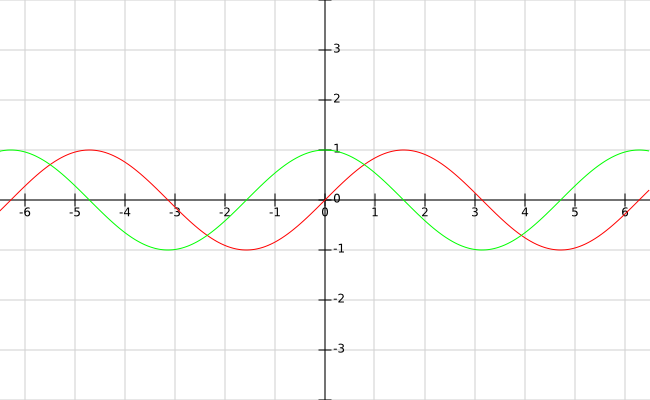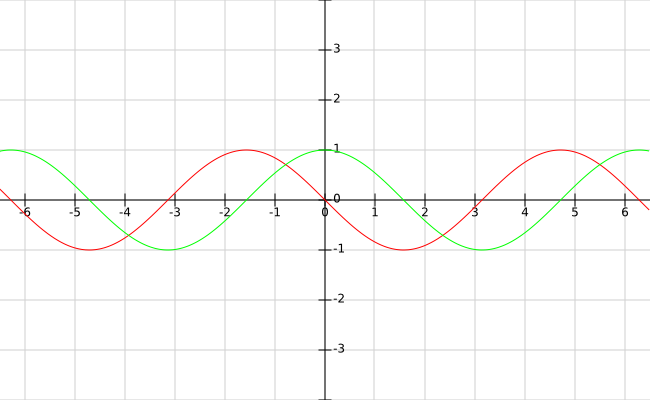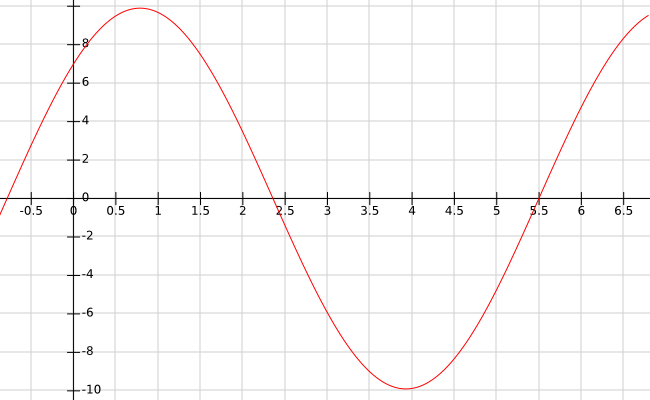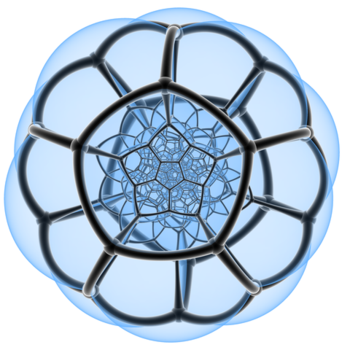Question #830d3
1 Answer
The information on the increase and decrease intervals of a differentiable function are given by the first derivative, while the information about its concavity direction are given by the second derivative (if the function is twice differentiable).
In this case
The first derivative is
Let's find the values for which
Let's look at the graphs of the two functions (

In
By the increase/decrease test and the first derivative test :
f increases on(0,pi/4) cup (5/4 pi, 2 pi) ;f decreases on(pi/4,5/4 pi) ;- the local maxima of
f are atx=pi/4 andx=2 pi ; their values are respectivelyf(pi/4)=7 sqrt(2) andf(2pi)=7 ; - the local minima of
f are atx=0 andx=5/4 pi ; their values are respectivelyf(0)=7 andf(5/4 pi)=-7 sqrt(2) ;
The second derivative is
Let's find the values for which
As before, we can plot the two functions (

In
By the concavity theorem:
f is concave upward on(3/4 pi, 7/4 pi) ;f is concave downward on(0,3/4 pi) cup (7/4 pi,2pi) ;
The graph of this function is plotted in the following picture (warning: plot realized using different scaling factors on the two cartesian axes)


